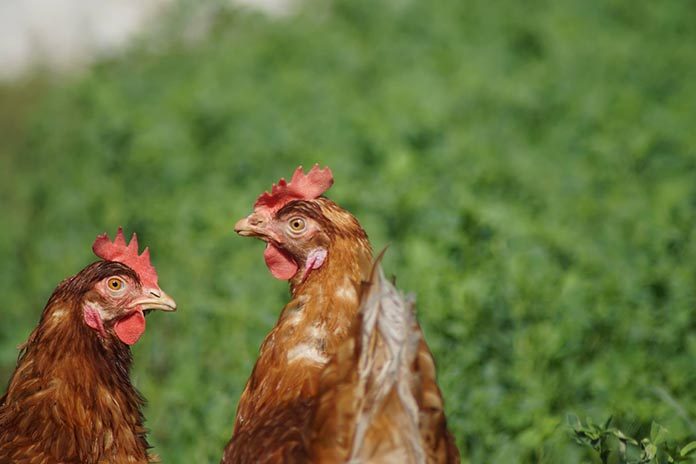
Layer nutritionists typically rely on apparent metabolisable energy data generated in broilers as layer AME data are less available.
The bioassays are typically conducted using 20- to 27-d-old broilers and values obtained for AME are adjusted to zero nitrogen retention (AMEn).
A bioassay study was conducted in laying hens on metabolisable energy measure the AME and AMEn of maize, SBM, wheat, and wheat plus xylanase using the substitution method. It was hypothesised that xylanase would have relatively small benefit in layers.
Test diets contained 300 g/kg of test ingredient and approximately 657 g/kg of reference diet. The test diets were formulated to have equivalent levels of vitamins, minerals and amino acids to the reference diet. Econase XT 25® (AB Vista) was included at a rate of 50 mg/kg in the test diet with added xylanase. A completely randomised design was used to analyse the data using the GLM procedure. Sixty 42-week old Hy-Line Brown hens were used, 2 per cage with six replicates per diet.
Birds were fed their respective diets for seven days for adaptation and another three days for apparent metabolisable energy bioassay using total collection. Dry matter, gross energy and nitrogen content of feed, test ingredients and excreta were determined. Results are given in Table 1 and show that addition of xylanase increased the AME and AMEn of the wheat by 1.19 and 1.06 MJ/kg respectively, making it essentially equivalent to maize. As expected, correction of apparent metabolisable energy to zero nitrogen retention decreased the measure in SBM to a greater extent (6.0%) than maize (2.0%) or wheat (2.6%).

The AMEn values obtained in layers at peak production were slightly higher than those obtained using prediction equations for broilers published by Janssen, 1989 except for soybean meal. The excess protein and crude protein to energy ratio of the soybean meal test diet is the likely reason for this. Further work is required to examine AME measures of this ingredient at a range of inclusion levels, and the validity of correction to zero nitrogen retention as layers in peak production retain around 50% of N intake.
This study was funded and supported by the Poultry CRC and the Australian Egg Corporation Limited.
From the Australian Poultry Science Symposium

















